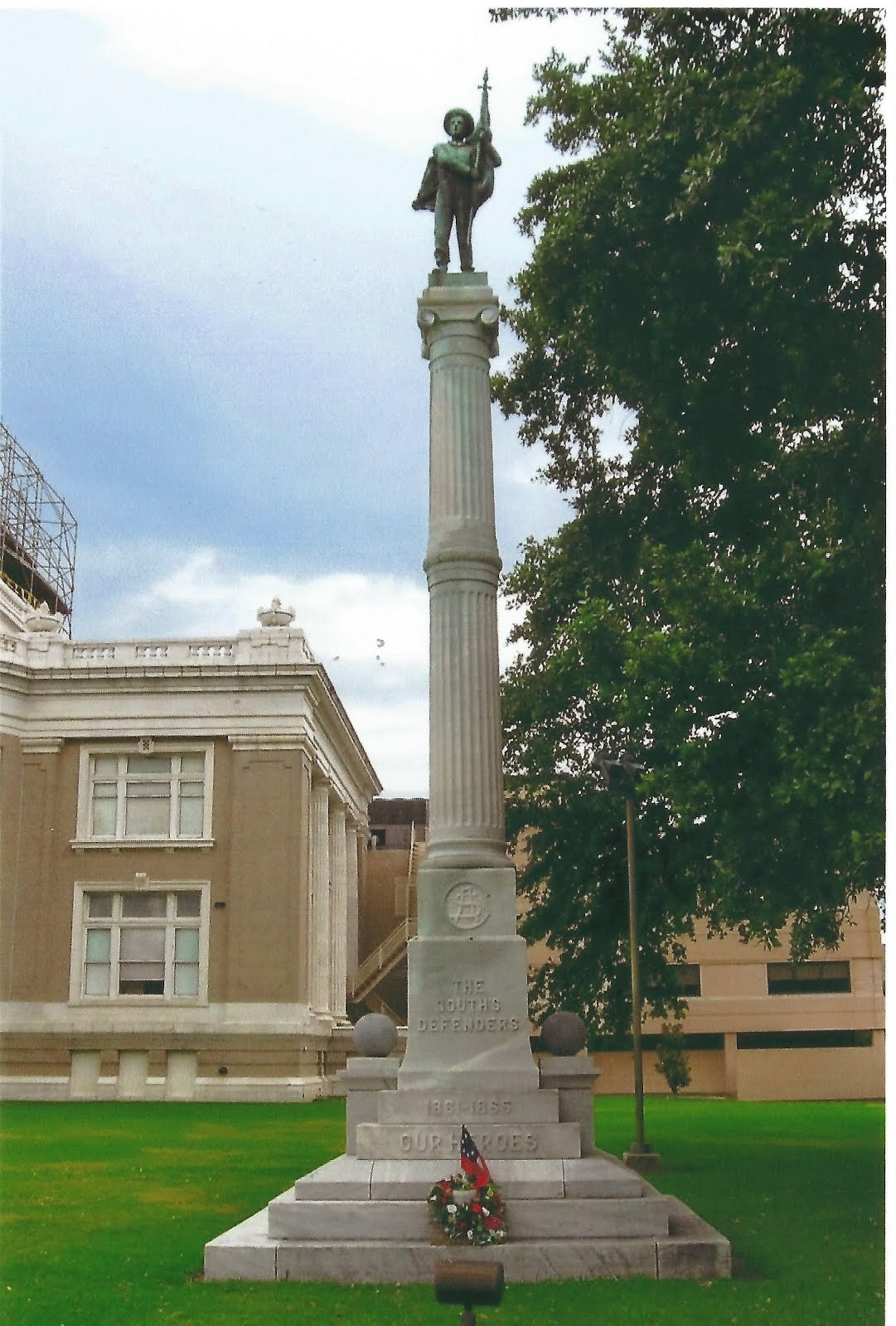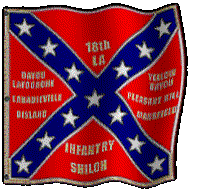Click 👉TODAY IN HISTORY (general history) Jan. 11.
ON THIS DAY IN CONFEDERATE HISTORY, Jan. 11.
1861: Alabama became the fourth state to secede from the Union, joining South Carolina, Mississippi, and Florida. The Alabama Secession Convention also passed a resolution adopting a new flag for the Republic of Alabama. The blue flag featured a figure of the Goddess of Liberty holding a torch upright, with the motto "Independent Now and Forever." On the opposite side is a coiled rattlesnake with the Latin motto, "Noli Me Tangere."
In Louisiana, state militia seized the U.S. Marine Hospital in New Orleans, which was a federal facility. The hospital service was part of a Federal hospital system established in 1798 for the "Relief of Sick and Disabled Seaman." It eventually transformed into the U.S. Public Health Service.
1863: Naval Battle off Galveston: The CSS Alabama commanded by Captain Raphael Semmes sank the USS Hatteras commanded by Homer C. Blake on this day in the Gulf of Mexico off the Galveston Lighthouse, Texas. The Federal ship was blockading the coast of Texas after the Confederate victory at Galveston on New Year's Day. It had a crew of 126 and was classified as a steamer armed with four 32-pounders, and one 20-pounder naval gun. Alabama had a crew of 132 and was armed with six 32-pounders, one 110-pounder, and one 68-pounder maritime gun. The Hatteras' captain thought he was chasing a blockade runner but was falling into a trap set by Semmes. When the Hatteras ordered the disguised mystery ship to be identified, the response was HMS Spitfire. But when the Federals lowered a boat, the Confederates hollered, "We're CSS Alabama," raised the Confederate flag, and opened fire with a powerful broadside. The two warships then engaged in an exchange of broadsides for 13 minutes and the Hatteras got the worst of it and began sinking. Captain Blake had the magazine flooded and the crew began abandoning the ship. Alabama began picking up survivors. The Federals lost two men killed, 118 captured and six seamen evaded captured by making it to shore. The victory had a major impact on the blockaders, and some would become paranoid that Alabama would reappear at any time.
1865: Brigadier General Thomas Rosser with 300 troopers raided Beverly, West Virginia, killed 25 Federals, and took 583 prisoners.
CONFEDERATE GENERAL BIRTHDAYS, Jan. 11.
Brigadier General James Ronald Chalmers was born in 1831 in Halifax County, Virginia. Raised in Mississippi and became a lawyer. A supporter of secession, he became the colonel of the 9th Mississippi Infantry Regiment and was promoted to brigadier general and led a brigade in the Battle of Shiloh, Tenn. April 6,7, 1862. He then was given a cavalry command and took part in the Battle of Murfreesboro, the Battle of Brices Cross Roads, and the Battle of Franklin-Nashville Campaign. After the war, he was involved in Mississippi politics and was elected to the U.S. Congress. In 1884 he moved to Memphis, Tenn., and continued his law practice. Chalmers died on April 9, 1898.
Brigadier General Richard Griffith, in 1814, in Philadelphia, Pennsylvania. Griffith moved to Vicksburg, Miss. about 1840. During the Mexican-American War, he served as a private in Col. Jefferson Davis' 1st Mississippi Rifles. After the war, he became a banker and U.S. Marshal. Griffith became the colonel of the 12th Mississippi Infantry at the beginning of the War for Southern Independence and was promoted to brigadier general in November 1861. He was mortally wounded thigh June 29, 1862, in the Seven Days Battles and died the same day in Richmond, Virginia.
Brigadier General Alfred Eugene Jackson on this day in 1807 at Davidson County, Tennessee. He was a merchant, farmer, and manufacturer of wares prior to the war and distributed goods through an extensive transportation network. Jackson entered Confederate service as a major in 1861 and became a quartermaster on the staff of Brigadier General Felix Zollicoffer, who was killed at the Battle of Mill Springs. He was promoted to brigadier general on Feb. 9, 1863, and given command of a brigade in East Tennessee. His brigade fought at the Battle of Blue Springs and suppressed guerilla activity in his department. After the war, he farmed and gradually got his property back, and returned to Jonesboro, Tenn. He died Oct. 30, 1889, in Jonesboro where he was buried.



























.svg.png)















No comments:
Post a Comment